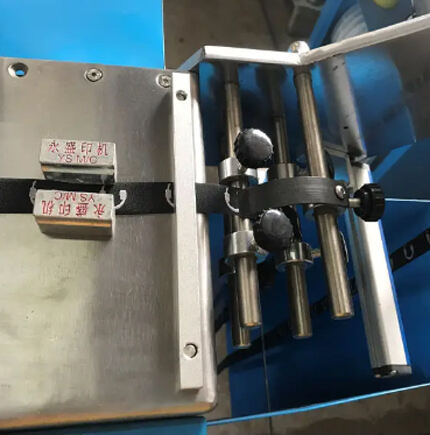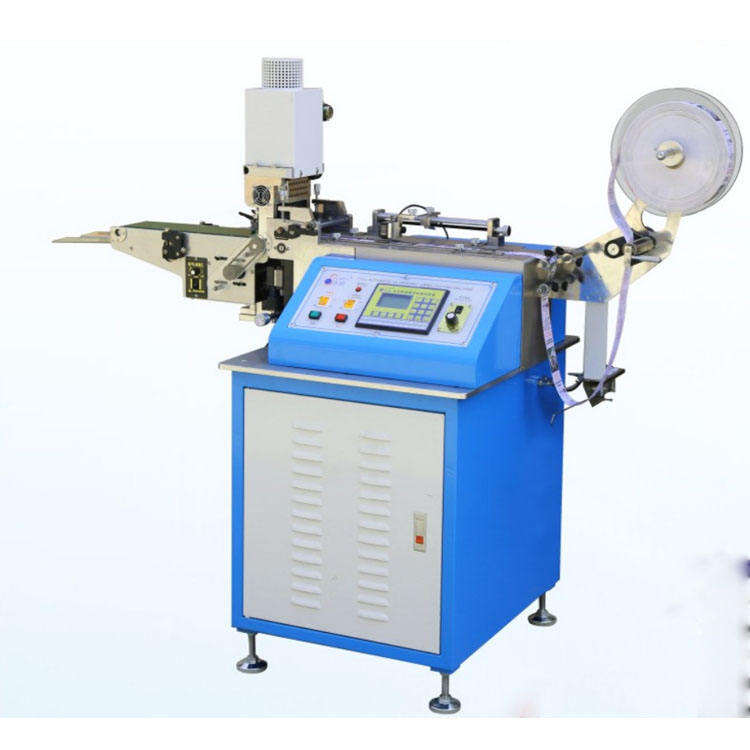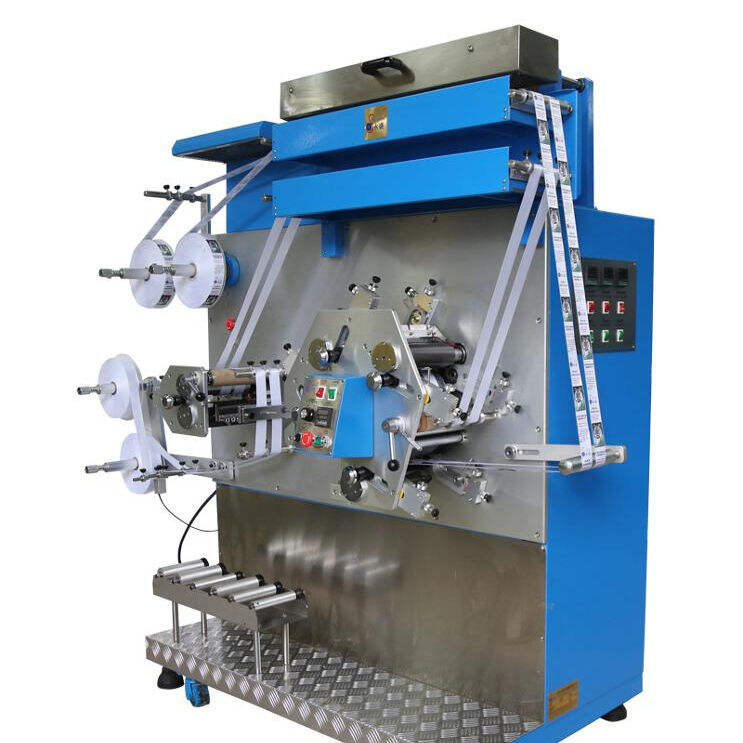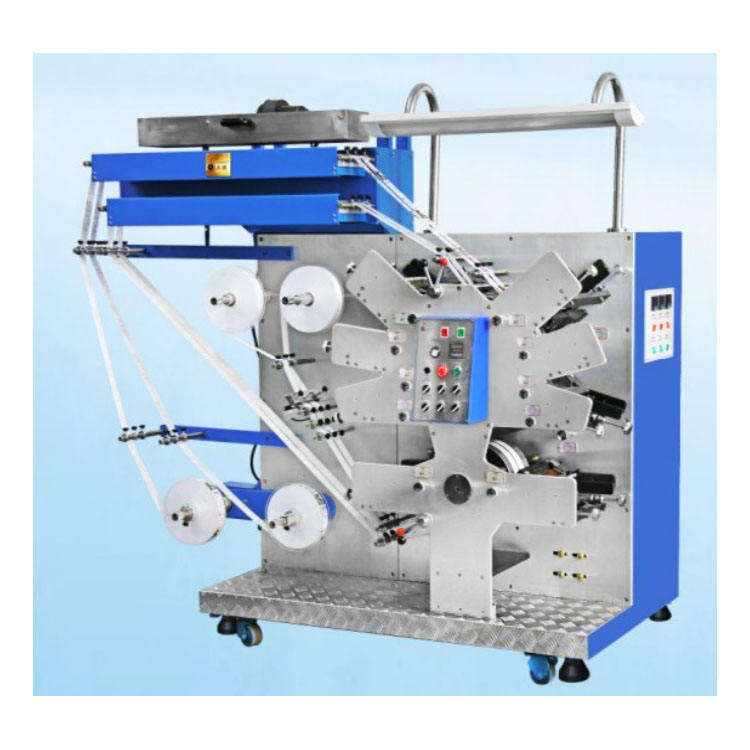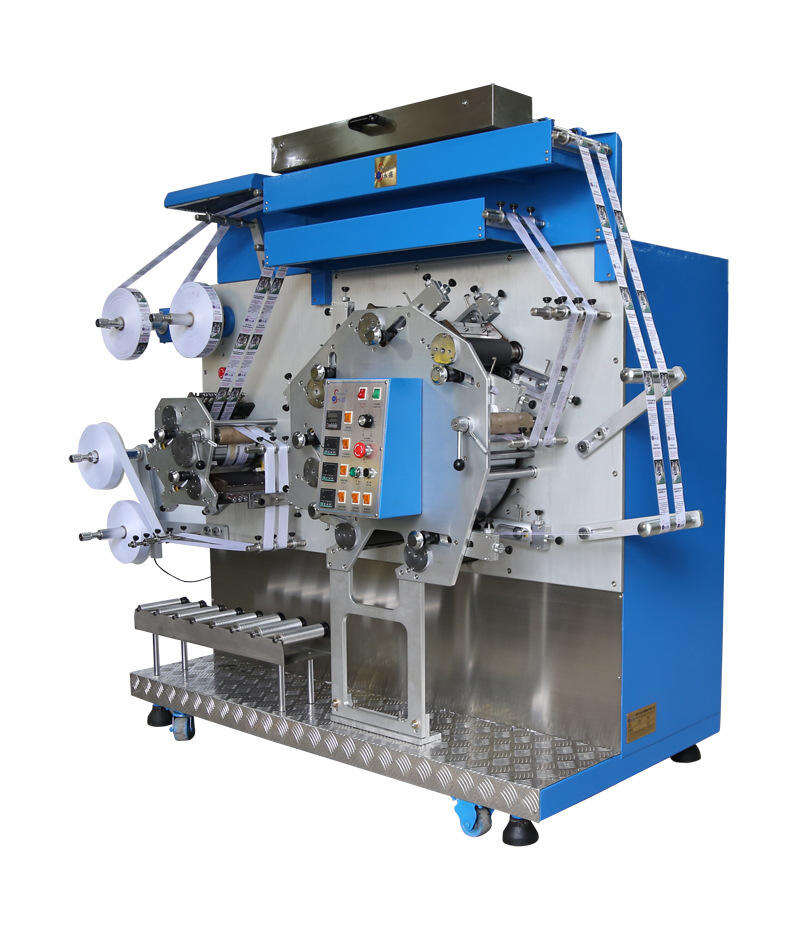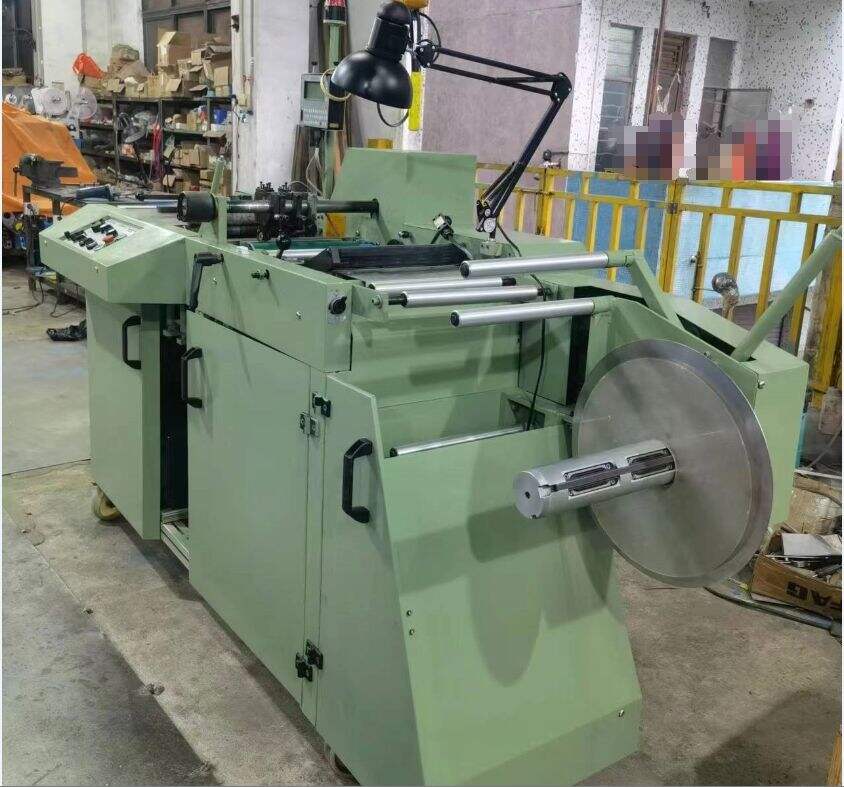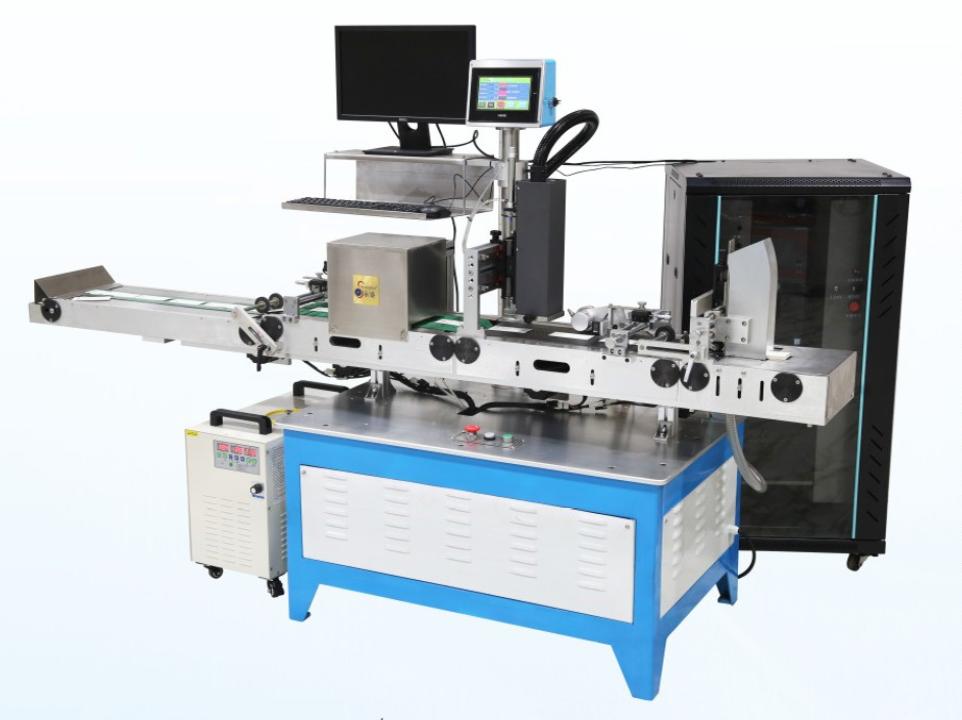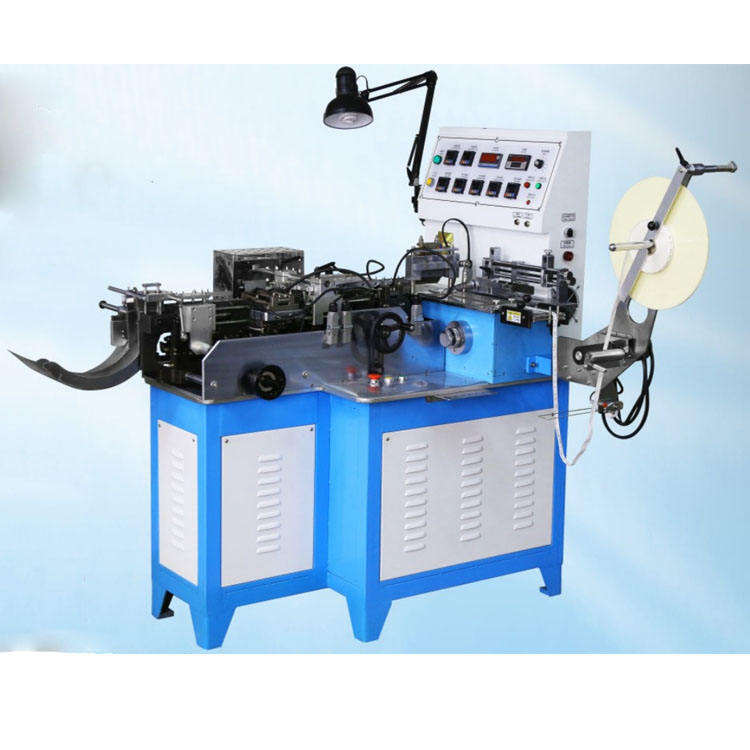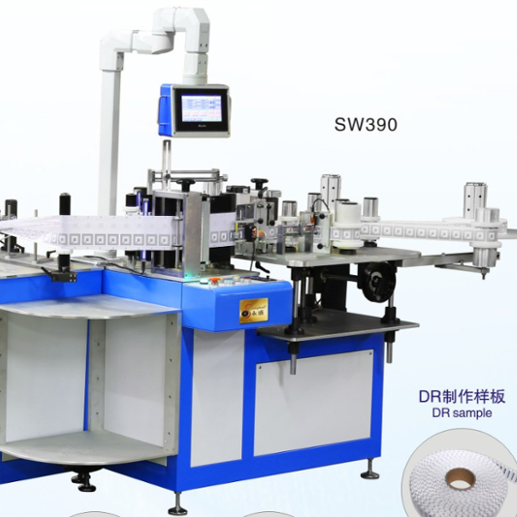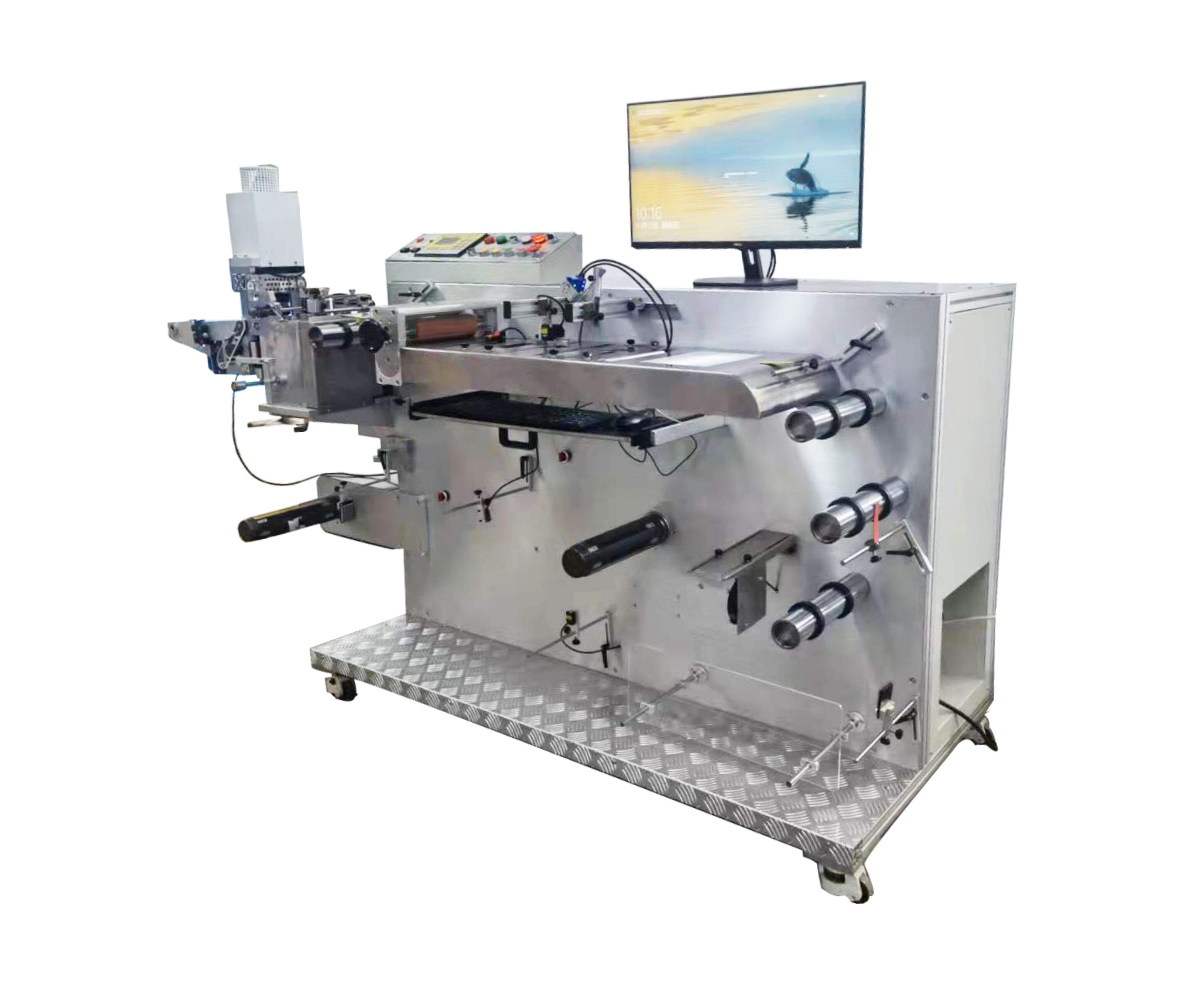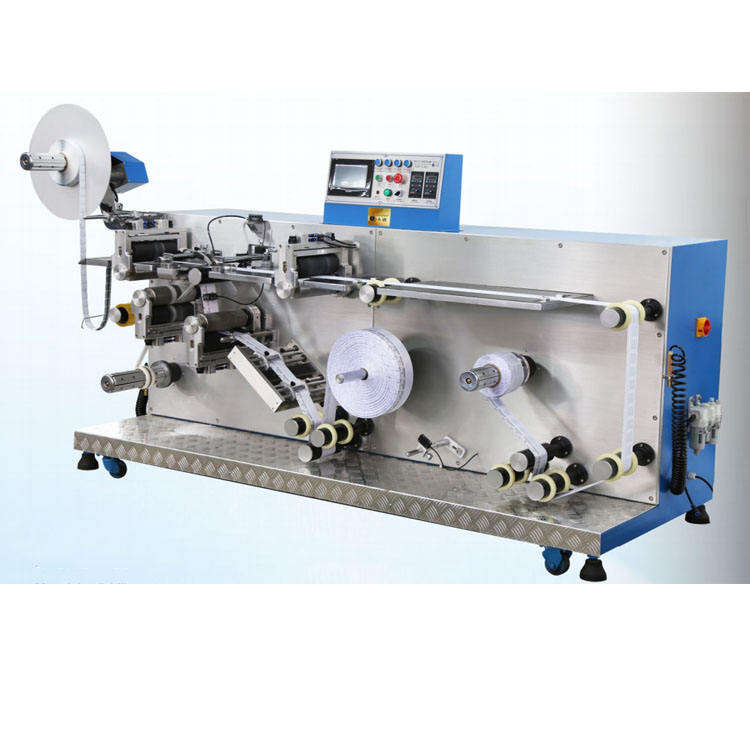Precision Fabric Label Cutting Solutions for Apparel Manufacturers
The Critical Role of Precision in Fabric Label Cutting
Why Accuracy Matters in Apparel Manufacturing
Precision in fabric label cutting plays a crucial role in maintaining consistent quality in apparel manufacturing, which in turn affects consumer satisfaction and brand loyalty. Misalignments during the cutting process can not only create noticeable discrepancies in the finished product but also result in increased fabric waste and higher production costs. This underscores the need for utmost precision in every stage of the manufacturing process. In the competitive fashion industry, ensuring accuracy is paramount to standing out.
Implementing robust quality control measures is essential to guarantee that all label cuts meet industry standards. Accurate cuts not only enhance the appearance and comfort of the garment but also ensure brand reliability. By using advanced technologies such as CNC fabric cutting machines, manufacturers can achieve superior accuracy and quality, reducing manual errors and fostering efficiency. This approach to precision cutting is not only about meeting present demands but also about paving the way for future success in apparel manufacturing.
Impact of Cutting Quality on Brand Reputation
The quality of label cutting significantly impacts a brand's reputation in the apparel market. Brands known for consistently producing high-quality labels are more likely to maintain a strong positive reputation amidst fierce competition. Faulty cuts can lead to significant issues, including product recalls, which can negatively affect customer trust and tarnish a brand's image. It's more essential than ever for manufacturers to maintain high quality standards.
Statistics show that approximately 60% of consumers prioritize product quality over price when making purchasing decisions. This indicates that cutting quality is vital not just for consumer satisfaction but also for the overall success and sustainability of a brand. Moreover, in a market where branding is closely tied to perceived quality, ensuring precision in label cutting can be a differentiating factor. Investing in technology and systems that enhance cutting precision is ultimately an investment in the brand’s reputation and long-term success.
Advanced Fabric Label Cutting Technologies
Ultrasonic Cutting vs Traditional Methods
Ultrasonic cutting technology offers significant advantages over traditional methods in achieving precision cutting, especially in complex designs. By providing cleaner cuts with minimal fraying, ultrasonic technology reduces the need for additional edge finishing, thereby saving time and resources. Traditional cutting techniques may not meet the high-precision demands required for intricate patterns, leading to inconsistency and potential fabric wastage. While transitioning from traditional methods to ultrasonic systems involves initial costs, these can be offset by long-term savings in material and labor, as ultrasonic cutting enhances efficiency and reduces errors in production.
Cold Cutting Solutions for Delicate Materials
Cold cutting solutions stand out for their ability to preserve the integrity of delicate materials, avoiding the damage associated with high-temperature methods. This technique is essential for synthetic fabrics that are prone to melting or warping under heat, thereby ensuring the preservation of material quality. Adopting cold cutting methods showcases a growing trend in industries focused on material preservation, highlighting its importance in maintaining fabric quality without compromising design specifications. Market analysis indicates that cold cutting is increasingly being implemented, as manufacturers aim to protect fabric integrity while meeting production demands.
Automation in Label Cutting Systems
Automated label cutting systems revolutionize production by improving operational efficiency, which is pivotal for manufacturers striving to scale production to meet increasing demand. These systems integrate sophisticated technologies that streamline processes, significantly reducing labor costs while minimizing human error and enhancing consistency in product output. According to recent studies, companies that have adopted automation have witnessed substantial increases in throughput rates and overall productivity. The integration of automation in label cutting not only optimizes efficiency but also ensures products meet precise specifications, thereby reinforcing the company's ability to compete in the textile industry.
Top Fabric Label Cutting Machines for Manufacturers
High-Speed Ultrasonic Cutting System
High-speed ultrasonic cutting systems are a game changer for manufacturers aiming to optimize efficiency in rapid production environments. These sophisticated machines are engineered to achieve quick turnaround times, significantly reducing production delays and meeting tight deadlines with ease. Their design focuses on minimizing waste, ensuring that every cut maximizes yield and aligns with eco-friendly production practices. According to vendor testimonials, these systems can reduce cutting times by up to 40%, a substantial improvement that translates into major productivity gains. The move towards using high-speed ultrasonic cutters reflects the industry's shift towards more efficient and sustainable production methodologies.
Automated Cold Cutting with Stacking Capability
Automated cold cutting machines with stacker options bring a new level of efficiency to workflow management, enhancing the overall cutting process. These systems excel in organizing finished labels, making it easy for handlers to manage and streamline operations. The integration of stacking capabilities allows operators to focus on other tasks, ensuring a constant output of labels without interruption. This automation in cold cutting leads to a reported increase in operational efficiency, with some manufacturers citing improvements of up to 30%. By optimizing workflow through automation, businesses can effectively meet high production demands without sacrificing quality.
Multi-Purpose Ultrasonic Cutting Unit
Multi-purpose ultrasonic cutting units are pivotal for manufacturers seeking versatility and flexibility in their production processes. These machines offer the capability to handle different label types and materials, thereby saving manufacturers from investing in multiple specialized machines. Their adaptability allows for seamless transitions between different production needs within a single setup. Industry experts underscore the significance of such flexibility, especially in today's dynamic market, where adapting to changing demands swiftly can lead to competitive advantages. The ability to cater to diverse production requirements not only optimizes resources but also enhances overall manufacturing efficiency.
Key Features of Modern Label Cutting Equipment
Speed and Efficiency Considerations
High-speed operation without sacrificing precision is paramount in modern label cutting machines. The pressing demand for fast fashion means manufacturers require equipment that not only meets speed requirements but also ensures accuracy. Efficiency metrics often drive companies to select machines providing a seamless blend of rapid processing and precise outcomes. An analysis of leading machines reveals a trend toward systems achieving cuts in less than a second per item, drastically improving production lines and fulfilling the fast-paced needs of today's fashion world.
Material Compatibility Across Textile Types
Compatibility with different textiles, from natural fibers to synthetics, is crucial for diverse manufacturing needs. Machines capable of effortlessly switching between varied materials enable production adaptability, decreasing downtimes and thus enhancing productivity. Industry reports emphasize that manufacturers significantly benefit from machines that adapt to an array of at least five different fabric types. Such versatility ensures that production lines remain flexible, catering to changing demands without compromising efficiency or quality.
User-Friendly Control Interfaces
User-friendly control interfaces significantly enhance productivity by providing ergonomic designs that reduce the learning curve for operators. Machines equipped with intuitive controls facilitate quick adjustments, minimizing error risks and making operations smoother. Surveys indicate that ease-of-use is a crucial factor influencing purchasing decisions among manufacturers. This preference for user-friendly machines underscores the importance of ergonomic designs in bolstering operator productivity, ultimately ensuring efficient and error-free production runs.
Benefits of Automated Label Cutting Solutions
Reducing Production Waste in Apparel Manufacturing
Automated label cutting solutions play a crucial role in reducing fabric waste in apparel manufacturing, thereby supporting sustainability efforts. Through precise cutting techniques, these machines significantly reduce scrap material, which in turn lowers overall production costs and boosts profitability. Recent data indicates that manufacturers who have adopted automated solutions have managed to reduce waste by up to 25%. This substantial decrease in material waste not only contributes to economic benefits but also supports environmental sustainability by lessening the demand for raw materials. Therefore, integrating automation is not just a financial decision but an ecological one as well, aligning with the broader industry goals of reducing carbon footprints.
Enhancing Throughput with Precision Engineering
Precision engineering is pivotal in enhancing throughput in apparel manufacturing, meeting growing market demands and tight production deadlines. Automated cutting systems, equipped with precision technology, can significantly increase production rates. Higher throughput rates contribute directly to profitability, enabling companies to handle more projects simultaneously. Statistical analyses show that production lines experience up to a 30% boost in output following the implementation of precision engineering solutions. This increased efficiency ensures that companies remain competitive and responsive to market needs, supporting a more agile manufacturing environment that can accommodate fast fashion trends.
Integration with Existing Production Lines
In today’s competitive market, successful integration of cutting solutions with existing production lines is essential for continuity and efficiency. Modern automated cutting systems are designed to seamlessly integrate with current systems, promoting flexibility and minimizing disruptions during transitions. For manufacturers, this integration has led to a reported 15% increase in overall efficiency. By ensuring that these systems work cohesively with existing production infrastructures, companies can maintain production continuity while elevating efficiency. The smooth transition facilitated by such integration is a critical component in modern manufacturing, allowing businesses to scale their operations without compromising productivity.
Recommended Products
Hot News
-
Reflect On The Cultural Significance Of The Printing Press In Preserving And Disseminating Knowledge
2023-12-08
-
The Role Of The Printing Press In The Global Economy
2023-12-08
-
Environmental Impact: Analyzing The Environmental Footprint Of The Printing Industry
2023-12-08
-
The Frontier Of Printing: 3d Printing And Its Industrial Renaissance
2023-12-08
-
The Evolution And Impact Of The Printing Press
2023-12-08
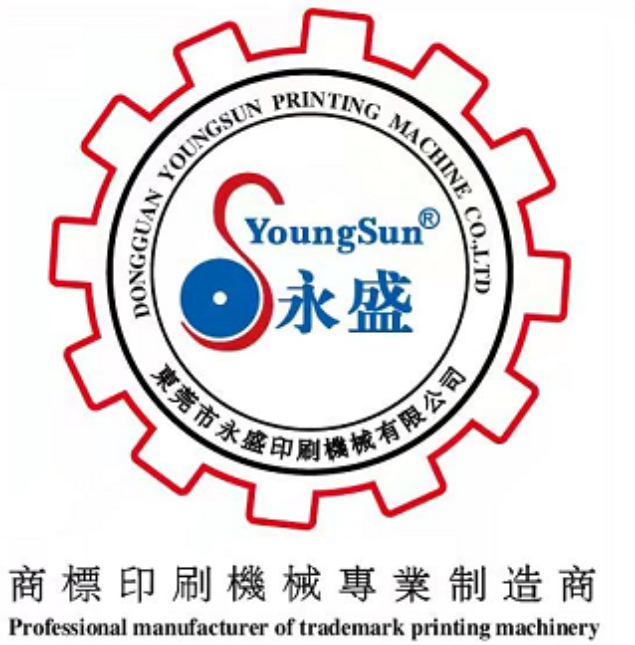
 EN
EN
 AR
AR
 CS
CS
 DA
DA
 NL
NL
 FI
FI
 FR
FR
 DE
DE
 EL
EL
 HI
HI
 IT
IT
 JA
JA
 KO
KO
 PL
PL
 PT
PT
 RO
RO
 RU
RU
 ES
ES
 SV
SV
 IW
IW
 ID
ID
 VI
VI
 SQ
SQ
 HU
HU
 MT
MT
 TH
TH
 TR
TR
 AF
AF
 GA
GA
 BN
BN
 BS
BS
 LO
LO
 LA
LA
 MI
MI
 MN
MN
 NE
NE
 MY
MY
 KK
KK
 UZ
UZ
 KY
KY
